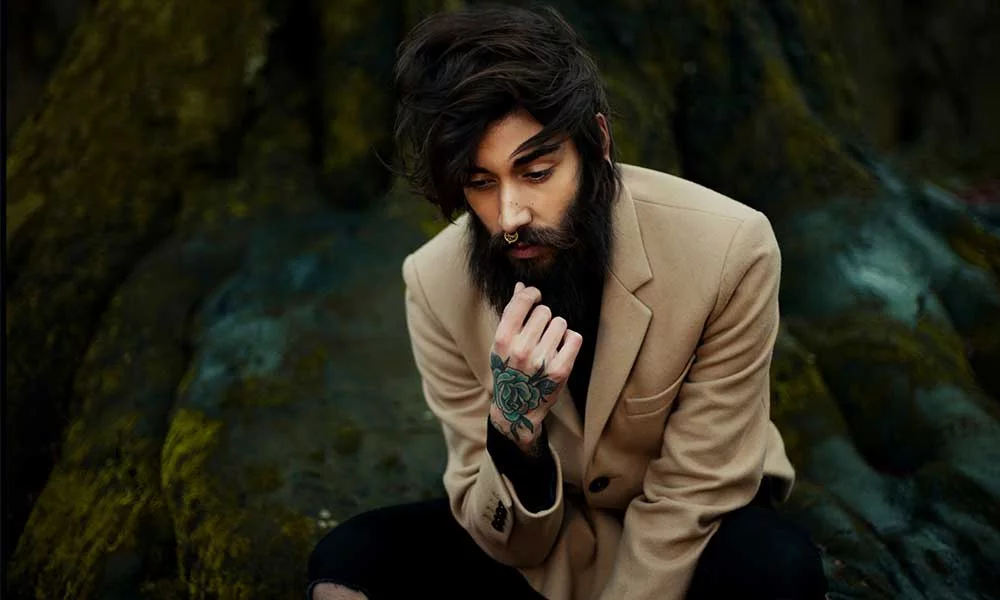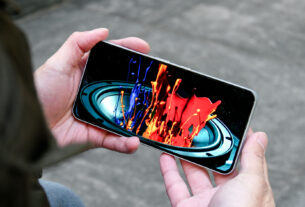Tattoos were once considered the symbols of rebellion, expressions of underground subcultures, or rites of passage inked discreetly away from public view. But in 2025, the ink tells a very different story. Tattoos have emerged from the shadows of taboo and transitioned into a powerful symbol of identity, lifestyle, and modern aesthetic. They now narrate personal journeys, fashion sensibilities, and even professional branding. The question arises: have tattoos become the lifestyle trend of our generation?
A Lifestyle Movement Inked in Skin
From celebrities and influencers to corporate leaders and everyday citizens, tattoos have embedded themselves into the social fabric of modern life. More than just body art, tattoos today serve as permanent expressions of beliefs, experiences, milestones, cultural pride, and mental health awareness.
“A tattoo is no longer a statement of rebellion. It’s a declaration of identity,” says Dr. Sameera Qureshi, a sociocultural anthropologist at the Institute of Contemporary Culture. “It tells the world who you are—before you even speak.”
For many, a tattoo is not merely art—it’s a part of their lifestyle. Much like fashion choices, gym routines, or wellness rituals, the decision to get inked is woven into daily living. Whether it’s minimalist fine-line tattoos reflecting a love for design or bold, colorful sleeves representing a life full of chaos and triumph, these marks speak volumes.
The Rise in Tattoo Popularity: Stats Speak
The numbers support the cultural shift. According to a 2025 report by Global Ink Trends, the tattoo industry is projected to surpass $5.2 billion globally by the end of the year, marking a 22% increase since 2020. More than 42% of millennials and Gen Z individuals in urban areas now have at least one tattoo, with many sporting multiple.
What’s changed?
- Social Acceptance: Once frowned upon in workplaces, tattoos are now seen on doctors, engineers, teachers, and even CEOs.
- Artistic Appreciation: Tattooing is now a celebrated form of art, often featured in galleries and fashion shows.
- Cultural Inclusion: Traditional tattooing techniques from indigenous cultures have gained respect and revival.
- Mental Health Expression: People use tattoos to commemorate recovery, loss, and resilience.
Tattoo Trends of 2025: Ink Meets Innovation
The design and technique of tattoos have also seen a radical transformation. Today’s tattoo parlors are sophisticated, hygienic, and often resemble art studios or wellness spas.
Trending Styles in 2025:
- UV & Glow-in-the-Dark Tattoos – Invisible under daylight, these tattoos glow under blacklight, popular among partygoers and ravers.
- Microrealism – Tiny portraits or objects with high detail, popular for emotional significance.
- Biometric-Inspired Tattoos – Fingerprint, heartbeat, and brainwave tattoos for a deeply personal mark.
- Digital-Inspired Tattoos – QR codes, glitch art, and even tattoos that link to websites or NFTs.
Meanwhile, AI-powered tattoo design platforms have emerged, allowing users to generate custom tattoos based on their personality, astrological sign, or even dreams. These innovations are making tattoos more personalized and futuristic than ever before.
Social Media: A Catalyst for Tattoo Culture
Platforms like Instagram, Pinterest, and TikTok have played a pivotal role in normalizing and promoting tattoo culture. Influencers share their ink journeys, tattooists showcase their masterpieces, and viral trends encourage people to try new tattoo challenges.
Tattoo Hashtags Dominating 2025:
- #InkYourIdentity
- #TattooLifestyle
- #SkinStories
- #HealingWithInk
- #MinimalistTattoo
Young users especially see tattoos as part of their digital aesthetic, curating their body ink like they would their social feeds.
Tattoos in Professional Spaces: From Stigma to Strength
Gone are the days when visible tattoos were a liability in job interviews. Today, employers are redefining professionalism to include diversity in appearance. In industries like tech, entertainment, design, and even healthcare, tattoos are now associated with creativity, authenticity, and confidence.
“My sleeve tells my story of mental health recovery. I wear it with pride—even in board meetings,” shares Rhea Kapoor, a mental health advocate and marketing executive in Mumbai.
Some brands have even leveraged tattoos for employee branding, encouraging staff to get corporate-themed tattoos as a show of loyalty (voluntarily, of course). This extreme version is rare but illustrates how deeply ingrained tattoos have become in company culture and identity.
Tattoos as Healing and Transformation
Perhaps the most profound evolution in the tattoo industry is its role in mental, emotional, and even physical healing.
- Medical Tattoos: Replacing medical alert bracelets or used post-mastectomy for cosmetic recovery.
- Trauma Recovery Tattoos: Survivors of abuse, illness, and grief are choosing tattoos as milestones of survival.
- Therapeutic Tattooing: Some therapists now work with tattoo artists to help clients overcome body dysmorphia or PTSD.
The ink becomes more than decoration—it becomes medicine, memorial, and metamorphosis.
What’s Next? The Future of Tattoos
Looking ahead, the fusion of technology, personalization, and cultural respect will shape the future of tattoos. Augmented Reality (AR) tattoos that animate through smartphones, biodegradable inks, and even programmable “smart tattoos” for health monitoring are already in development.
Moreover, global conversations around cultural appropriation versus cultural appreciation are prompting more respectful and informed tattoo choices. Tattoo artists are now emphasizing informed consent, historical context, and authenticity in design.
Final Thoughts: Inked for Life, Aligned with Lifestyle
So, has tattooing become a trend?
Absolutely—but it’s much more than that.
It’s a movement—a lifestyle, a cultural shift, and a medium of expression unlike any other. It reflects how we see ourselves, how we heal, and how we hope to be remembered. From minimalist statements to full-body murals, tattoos are more than skin deep in 2025. They are living, breathing emblems of identity, resilience, and creativity.
As society evolves, so does the art that represents it—and today, that art is proudly worn on the skin.




